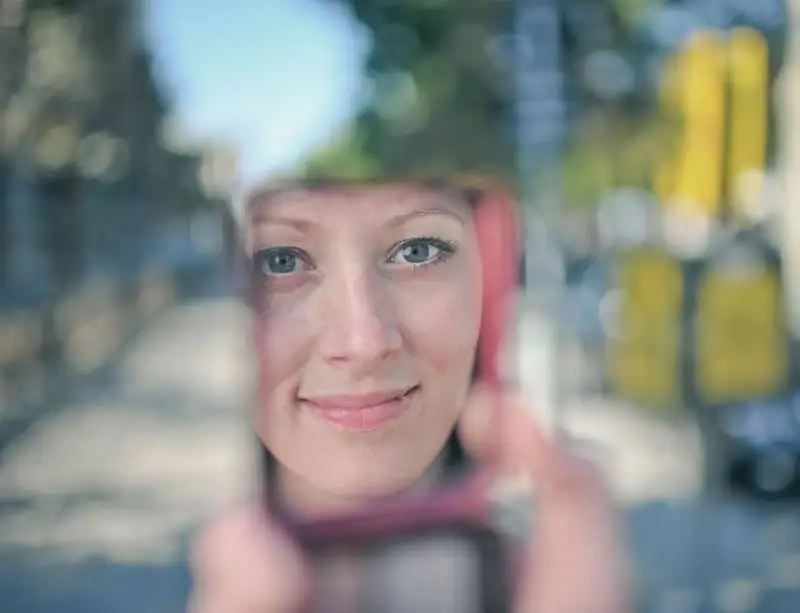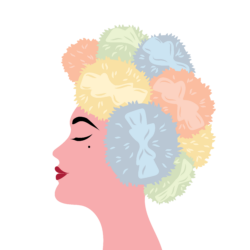Twelve years ago, researchers in Japan proved something retailers have always known: when you see yourself looking happy, you’re more likely to buy. They took a simple webcam image, made a subtle tweak by lifting the corners of someone’s mouth just a bit, and suddenly, they felt happier. Happier people liked what they were wearing more. And when we like something, we buy.
That was 2013. Today, who knows how advanced this technology has become?

Maybe the lighting at the makeup counter isn’t just “flattering.” Maybe the mirror doesn’t just reflect—it curates. Maybe the foundation shade you just tried “seamlessly blends” because your reflection has been nudged, ever so slightly, toward a more even, radiant version of you.
The ethics? They get blurry.
If a brand alters your reflection to make you feel more confident, is that a service or a scam? If you walk away with a foundation that suddenly doesn’t look as flawless in natural light, who’s to blame?
Beauty has always been an illusion—a game of light, shadow, and suggestion. But when the mirror itself starts playing along, when reality bends just enough to sell you something, the question isn’t just whether you’ll buy. It’s whether you’re choosing at all.
